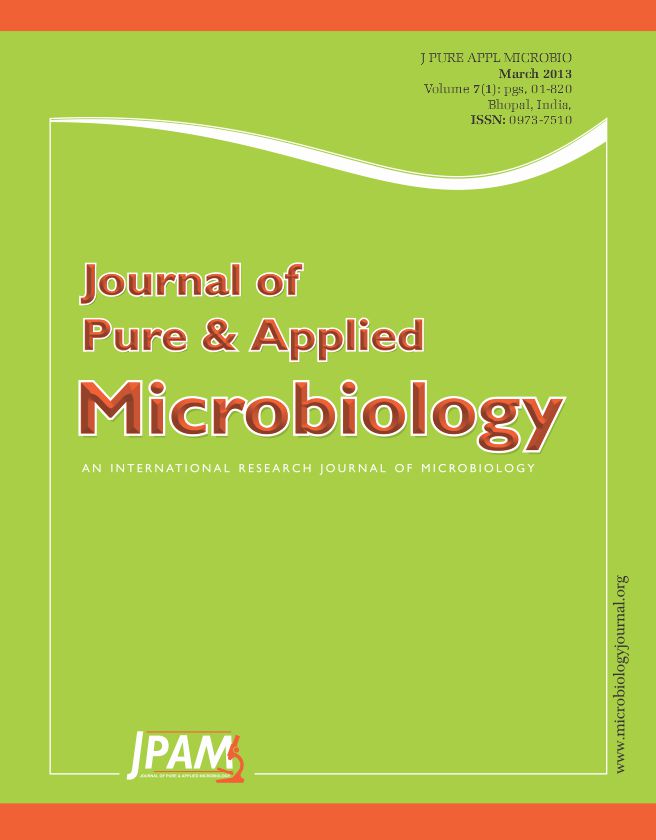Toxin producing fungi are potentially affecting human and animal health and should be eradicated. Toxigenicity of thirteen sorghum gain molding fungi belonging to Aspergillus, Fusarium and Penicillium species was evaluated in this study using HPLC. Potential of garlic (Allium sativum) juice for controlling these fungi was also examined in vitro. Obtained results indicated that most of evaluated fungi were toxigenic. Aspergillus flavus var. columnaris was the highest producer of aflatoxin-G (2 to 3ppb) and Aspergillus terreus was the highest aflatoxin-B (2 to 4ppb) producer. Meanwhile, Fusarium verticillioides was the highest producer of fumonisin (19.10 ppb) and zearalenone (21.40 ppb) but Fusarium nygamai was the highest producer of vomitoxin (31.30 ppb). On the other hand while Penicillium chrysogenum was the highest producer of patulin (38 ppb), P. oxalicum produces the highest amount of Citreoviridin (37 ppb). Sorghum grain molding fungi was successfully suppressed in vitro by garlic juice. Aspergillus terreus was the most sensitive fungus to garlic juice (85.56% inhibition) followed by Fusarium thapsinum (77.41% inhibition) and Penicillium funiculosum (75.19% inhibition). Penicillium isolates were generally the most sensitive to lowest (1.25%) concentration of garlic juice. They exhibited 52.97 and 52.59% inhibition in the growth of Penicillium chrysogenum and Penicillium oxalicum respectively.
Garlic, HPLC, Mycotoxins, Seed-borne fungi, Sorghum
© The Author(s) 2014. Open Access. This article is distributed under the terms of the Creative Commons Attribution 4.0 International License which permits unrestricted use, sharing, distribution, and reproduction in any medium, provided you give appropriate credit to the original author(s) and the source, provide a link to the Creative Commons license, and indicate if changes were made.


